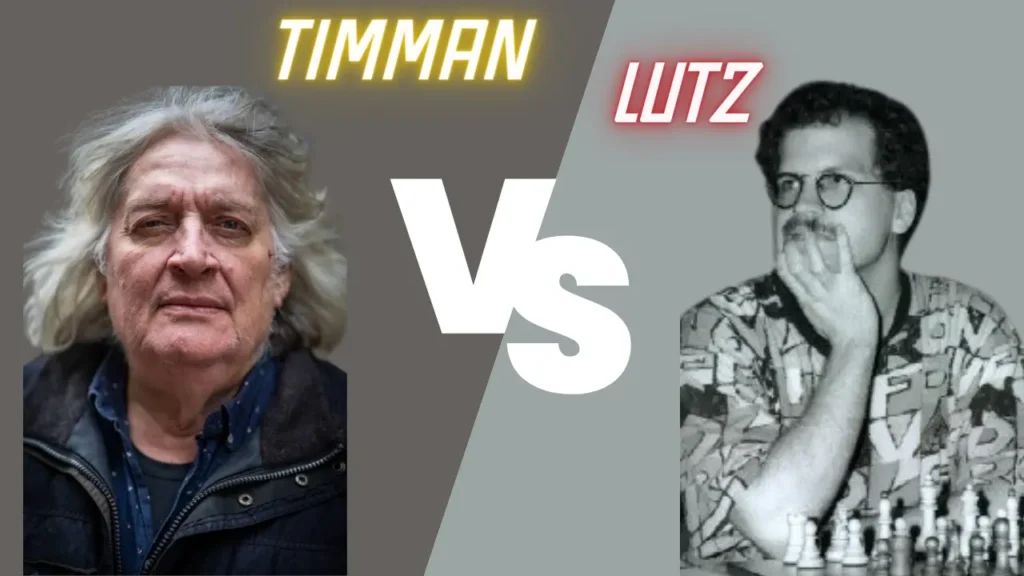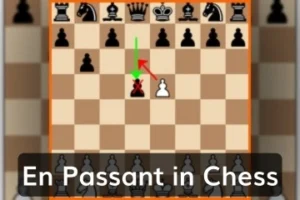The 50-Move Chess Rule
Chess, a game of strategy, intellect, and patience, has captivated minds for centuries. Whether you are an aspiring grandmaster or just picking up the game, understanding the rules is essential to mastering the board. Among these rules, the fifty-move rule holds a special place due to its impact on endgame strategy.
This blog will delve into the intricacies of the fifty-move rule, providing insights into its history, purpose, and strategic implications.
We’ll also discuss how modern chess classes for kids and online chess academies can help players navigate such complex rules.
What is the Fifty-Move Rule in Chess?
The fifty-move rule in chess is clear: if no capture has been made and no pawn has been moved in the last fifty moves, a player can claim a draw.
For this purpose, a “move” consists of a player completing a turn followed by the opponent completing a turn.
This rule prevents endless games where one player, with no realistic chance of winning, continues to play indefinitely, hoping to tire out their opponent.
The Purpose of the Fifty-Move Rule
The primary aim of the 50-move rule is to avoid drawn-out matches that lack decisive action. In essence, it ensures that players must make progress towards a win rather than merely shuffling pieces around.
This rule becomes particularly significant in endgames, where only a few pieces remain on the board.
The History of the Fifty-Move Rule
Early Beginnings
The concept of limiting the number of moves to claim a draw isn’t new. A precursor to chess, shatranj, had a seventy-move rule.
The fifty-move rule was introduced into modern chess by Ruy López in his 1561 book.
Over the centuries, the rule has evolved, reflecting the deepening understanding of chess strategy.
20th Century Revisions
In the 20th century, certain endgame positions were discovered that required more than fifty moves to secure a win without a capture or pawn move. This led to exceptions allowing up to 100 moves in specific material combinations.
Also Read: The Basic Chess Rules for Beginners
However, by 1992, FIDE abolished these exceptions, reinstating the strict fifty-move rule for all over-the-board chess matches.
How the Fifty-Move Rule Works
Statement of the Rule
The relevant part of the FIDE laws of chess is as follows:
- The game is drawn, upon a correct claim by a player having the move, if:
- They write their move on their scoresheet and tell the arbiter they’re making this move. This means the last 50 moves by each player have been made without any pawn movement or captures.
- The last 50 moves were made without moving any pawns or capturing anything.
A game is not automatically a draw under the 50-move rule. The draw must be claimed by the player whose turn it is to move.
Therefore, games can continue beyond the point where a draw could be claimed under the rule.
Notable Examples
Timman vs. Lutz, 1995
In a 1995 game between Jan Timman and Christopher Lutz, an endgame with a rook and bishop versus a rook occurred. Timman could have claimed a draw on the 119th move but chose to continue. Lutz eventually claimed a draw on move 121, ironically entering a position that would have been losing.
Karpov vs. Kasparov, 1991

During a 1991 game between Anatoly Karpov and Garry Kasparov, the last capture occurred on White’s 63rd move. Neither player claimed a draw under the fifty-move rule, and the game continued until the players agreed to a draw on the 114th move.
Nguyễn vs. Vachier-Lagrave, 2008

In the Aeroflot Open of 2008, Nguyễn Ngọc Trường Sơn played against Maxime Vachier-Lagrave. The last capture was on White’s 71st move, leading to a rook and bishop versus rook endgame. Despite reaching a theoretically winning position, Nguyễn couldn’t secure the win before the fifty-move rule came into effect, and Vachier-Lagrave claimed a draw.
Strategic Implications of the Fifty-Move Rule
Endgame Strategy
The fifty-move rule heavily influences endgame strategy. Players must balance the need to advance their position with the clock ticking towards the fifty-move limit. Understanding which positions are winnable within fifty moves is crucial.
For instance, basic checkmates like king and queen versus king can be achieved well within fifty moves.
Impact on Chess Classes for Kids
Teaching young players about the fifty-move rule is an essential part of chess education. Online chess academies often include detailed lessons on endgame strategies, emphasising the importance of making decisive moves. For kids, learning these rules early helps in developing a deep strategic understanding and avoiding frustration during games.
The Role of Online Chess Academies
Structured Learning
Online chess academies offer structured learning environments where players of all ages can master the fifty-move rule and other complex aspects of chess. These platforms provide interactive lessons, real-time feedback, and access to experienced coaches who can guide students through intricate endgame scenarios.
Practice and Application
Practising the fifty-move rule in simulated games is a common feature in online chess classes. These exercises help players recognize when they can claim a draw and understand the strategic implications of the rule. Additionally, studying famous games where the fifty-move rule played a crucial role can provide practical insights.
Conclusion
The fifty-move rule in chess is more than just a regulation; it’s a strategic tool that shapes the endgame and ensures that players aim for victory rather than endless manoeuvring. Understanding this rule is crucial for anyone serious about improving their chess skills.
Online chess academies and dedicated chess classes for kids play a vital role in imparting this knowledge, making complex rules accessible and engaging. By mastering the fifty-move rule, players can enhance their strategic thinking and enjoy a deeper appreciation of the beautiful game of chess.







